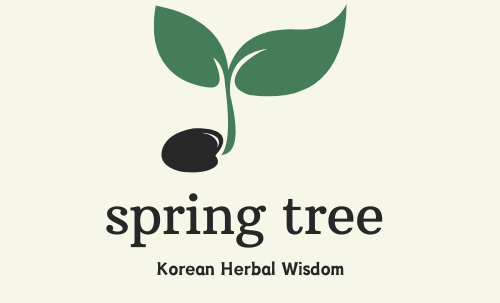Kirincho (Inula britannica var. chinensis) is a wild herb known for its delicate flavor and health benefits. Discover how to cook, harvest, and store this springtime treasure!
Kirincho: A Wild Herb That Combines Health and Taste
Hi there! 😊
Today, let’s talk about Kirincho, a humble yet versatile wild herb that grows in sunny mountain areas. This springtime favorite is known for its tender leaves and stems, which are packed with health benefits and perfect for simple, flavorful dishes. Ready to learn more? Let’s dive in!
1. What Is Kirincho?
Kirincho (Inula britannica var. chinensis) is a perennial herb that belongs to the stonecrop family. You’ll often find it growing near rocks in sunny mountain regions across Korea. Despite its small size, Kirincho is a powerhouse of nutrition and flavor.
Plant Characteristics:
Height: Typically grows between 5–30 cm.
Leaves: Oval or broad lance-shaped, with rounded tips and smooth edges. Each leaf is 2–4 cm long and 1–2 cm wide.
Habitat: Found in sunny, rocky areas throughout Korea.
Edible Parts:
The young leaves and stems are used in cooking.
2. Health Benefits of Kirincho
Kirincho isn’t just a tasty wild herb; it’s also loaded with health benefits:
Aids Digestion: Its gentle properties help soothe the stomach and improve digestion.
Combats Fatigue: Rich in vitamins and minerals, it’s perfect for recharging your energy during spring.
Antioxidant Power: Packed with compounds that fight oxidative stress and slow aging.
Boosts Immunity: Supports the immune system, helping your body fend off illnesses.
3. How to Cook Kirincho
Kirincho has a mild, earthy flavor that works well in simple dishes. Here are two easy recipes to try:
Seasoned Kirincho (Namul Muchim)
Rinse the young leaves and stems thoroughly.
Blanch in boiling water for 30 seconds, then rinse with cold water.
Squeeze out excess moisture and toss with sesame oil, soy sauce, minced garlic, and sesame seeds.
Serve as a healthy and refreshing side dish!
Kirincho Soybean Paste Soup
Prepare blanched Kirincho by cutting it into smaller pieces.
In a pot, mix water with soybean paste (doenjang) and bring to a boil.
Add diced tofu, zucchini, and Kirincho. Let it simmer for a few minutes.
Enjoy a comforting soup full of earthy goodness!
4. When and How to Harvest Kirincho
Best Time to Harvest:
The young leaves and stems are best harvested in April and May, when they’re tender and flavorful.
Where to Find It:
Look for Kirincho in sunny, rocky areas near mountain slopes or fields.
Harvesting Tips:
Choose soft, vibrant green shoots for the best flavor and texture.
Be gentle when harvesting to avoid damaging the plant.
5. How to Store Kirincho
To keep Kirincho fresh and ready to use, follow these storage tips:
Refrigeration:
Place blanched Kirincho in an airtight container and store it in the fridge for up to 3–5 days.
Drying:
Blanch the herb, then air-dry it in the sun. Store the dried leaves in a sealed container and rehydrate them before cooking.
Freezing:
Divide blanched Kirincho into small portions and freeze. This way, you can enjoy it even after the spring season.
6. Why Kirincho Deserves a Spot on Your Plate
Kirincho is more than just a wild herb—it’s a flavorful and nutritious addition to your diet. Whether you prepare it as a seasoned side dish or a hearty soup, this springtime gem is sure to delight your taste buds and support your health.
Have you tried cooking with Kirincho? Let me know your favorite recipes or tips in the comments—I’d love to hear from you! 😊
